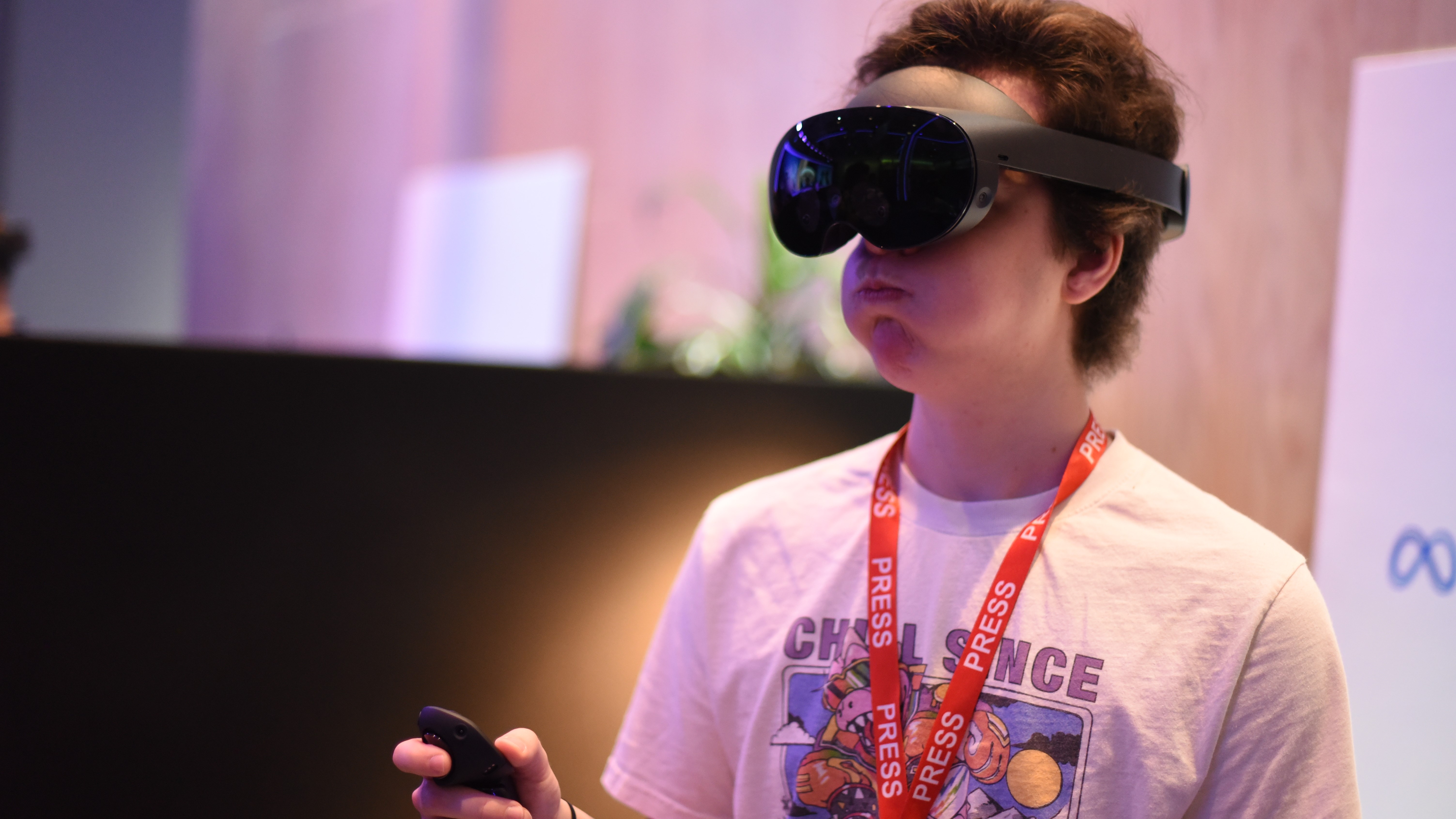Windows 11’s major new update (known as ‘Moment 2’) has been released as a preview version, but it has a dangerous side-effect for some folks who have customized the interface of the OS – a bug that causes the PC to fail to boot.
That’s a big, big problem, of course, and Microsoft has flagged it as a known issue (spotted by Bleeping Computer) in the support document for the preview cumulative update (KB5022913).
Microsoft observes that some third-party UI customization apps can cause errors with Explorer.exe that could repeat in a loop. That’s File Explorer for the uninitiated and it’s the central pillar of the Windows 11 interface (the very folders and files you work with on the desktop).
The company names ExplorerPatcher and StartAllBack as the known apps that delve into the wonderful world of Windows customization which are affected. Although it does note that StartAllBack users running version 3.5.6 (or newer) may avoid the bug.
Microsoft warns: “These types of apps often use unsupported methods to achieve their customization and as a result can have unintended results on your Windows device.”
Analysis: Not so magic Moments for some
It’s not our fault, in other words, and in this case, we can give Microsoft some leeway. The whole set of gremlins might well be wrapped up in how said customization apps work, and as they are niche cases, they could have slipped through the testing net so far.
We must of course also remember that this cumulative update is still in preview, meaning it’s optional and as with anything still in the testing phase, there may be unexpected problems.
In short, you might be keen to get the Bing AI on your taskbar, or Phone Link for iOS, or any of the other major features that Moment 2 introduces, but be aware that you could run into issues here and there.
We don’t know if any other customization apps might face similar boot-related issues, although there’s no evidence yet that this is the case. That said, Stardock, which makes the popular Start11, has noted on Twitter that KB5022913 can cause some odd behavior with taskbar colors, but only on secondary monitors, so that’s a very minor glitch compared to boot failure. Start11 is getting an update to fix this, too.
For now, the best thing to do for anyone running a third-party custom UI might be to steer clear of the new Windows 11 update until it leaves preview, just to be safe.



